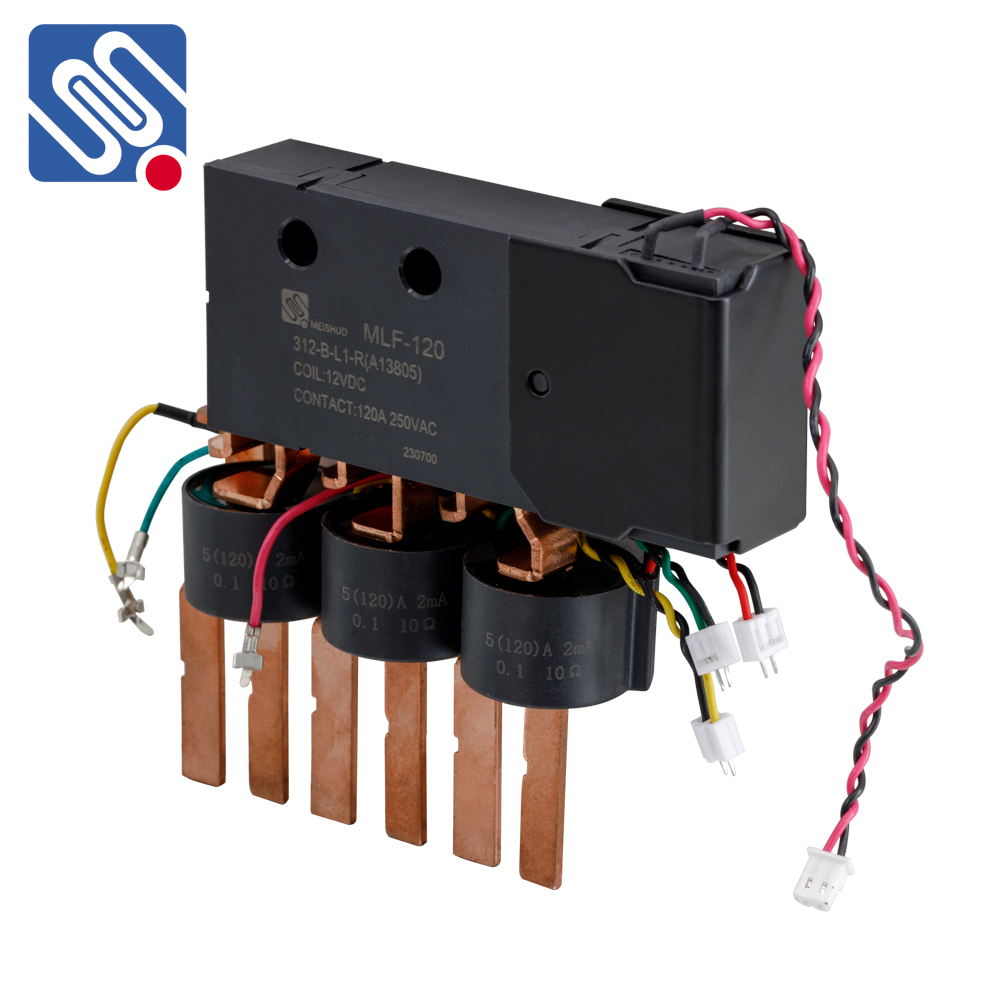Relay assemblies play a critical role in electrical systems, serving as the interface between low-power control circuits and high-power devices. These components are designed to control the switching of electrical circuits by using an electromagnetic relay, which opens or closes contacts to establish or interrupt the flow of electricity. Relay assemblies are integral to various industries, including automotive, telecommunications, and automation, due to their reliability and versatility.

What is a Relay Assembly? A relay assembly typically consists of several key components: the relay itself, which contains the coil and contacts; the base or mounting platform; and the connecting terminals. The relay is the core element that activates when an electrical current is applied to its coil, generating a magnetic field that moves the contacts. These contacts either open or close, allowing the relay to switch on or off the circuit it controls. Relay assemblies come in various configurations depending on their application, such as single-pole single-throw (SPST), double-pole double-throw (DPDT), and other configurations, each designed to meet specific electrical requirements.